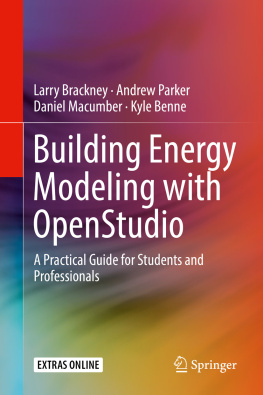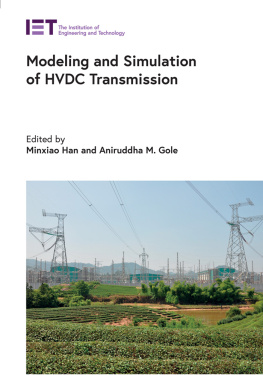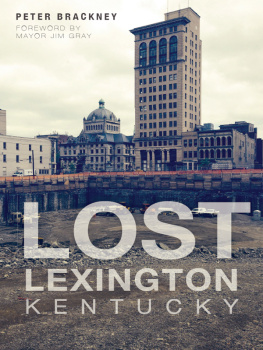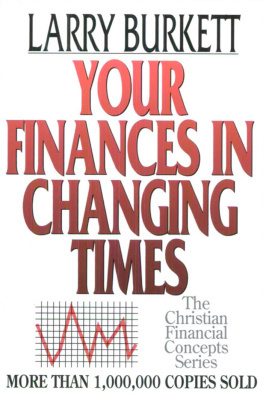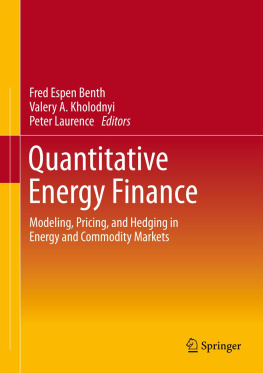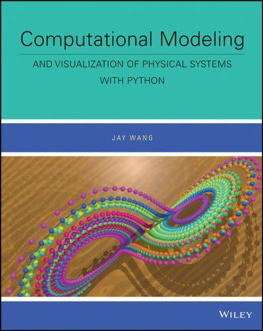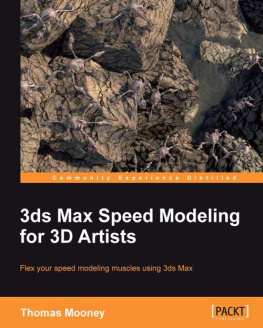Larry Brackney - Building Energy Modeling with OpenStudio
Here you can read online Larry Brackney - Building Energy Modeling with OpenStudio full text of the book (entire story) in english for free. Download pdf and epub, get meaning, cover and reviews about this ebook. year: 0, publisher: Springer International Publishing, genre: Home and family. Description of the work, (preface) as well as reviews are available. Best literature library LitArk.com created for fans of good reading and offers a wide selection of genres:
Romance novel
Science fiction
Adventure
Detective
Science
History
Home and family
Prose
Art
Politics
Computer
Non-fiction
Religion
Business
Children
Humor
Choose a favorite category and find really read worthwhile books. Enjoy immersion in the world of imagination, feel the emotions of the characters or learn something new for yourself, make an fascinating discovery.
- Book:Building Energy Modeling with OpenStudio
- Author:
- Publisher:Springer International Publishing
- Genre:
- Year:0
- Rating:5 / 5
- Favourites:Add to favourites
- Your mark:
- 100
- 1
- 2
- 3
- 4
- 5
Building Energy Modeling with OpenStudio: summary, description and annotation
We offer to read an annotation, description, summary or preface (depends on what the author of the book "Building Energy Modeling with OpenStudio" wrote himself). If you haven't found the necessary information about the book — write in the comments, we will try to find it.
Building Energy Modeling with OpenStudio — read online for free the complete book (whole text) full work
Below is the text of the book, divided by pages. System saving the place of the last page read, allows you to conveniently read the book "Building Energy Modeling with OpenStudio" online for free, without having to search again every time where you left off. Put a bookmark, and you can go to the page where you finished reading at any time.
Font size:
Interval:
Bookmark:
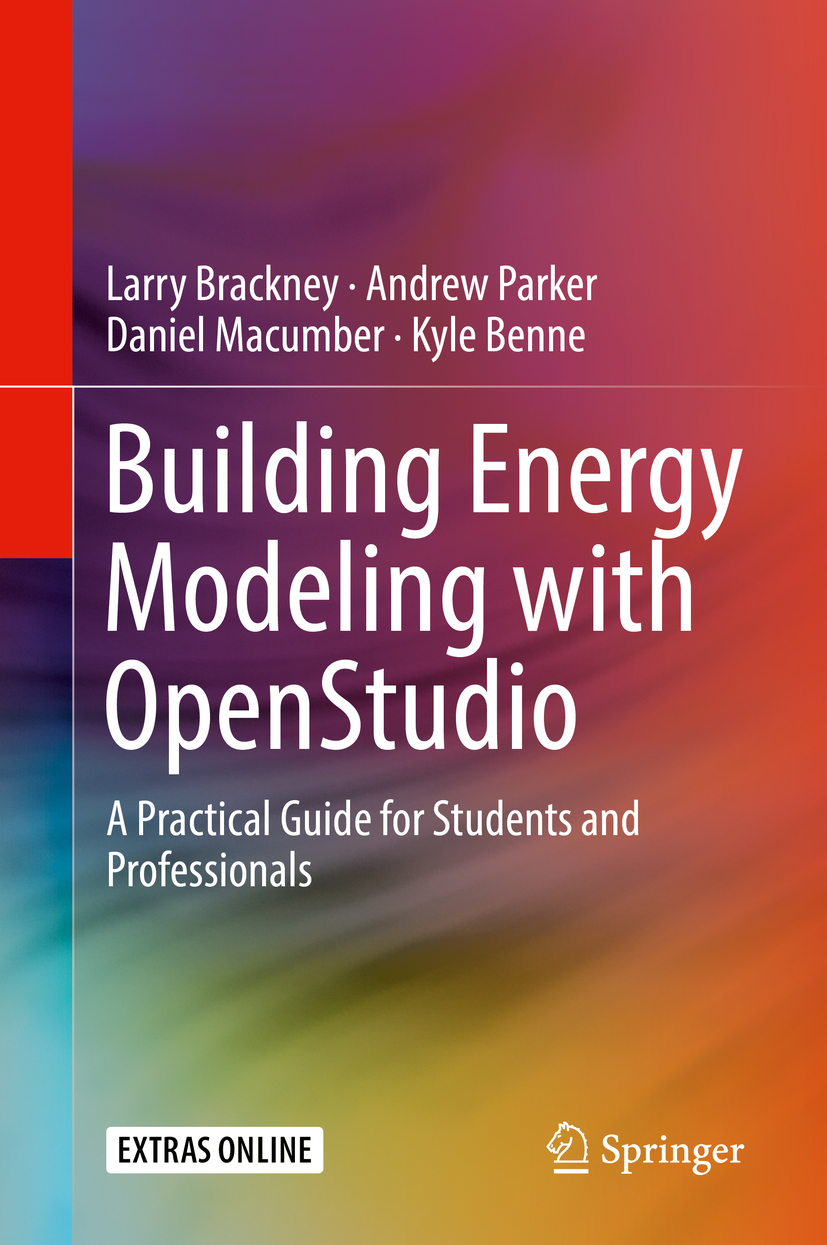

This Springer imprint is published by the registered company Springer International Publishing AG part of Springer Nature.
The registered company address is: Gewerbestrasse 11, 6330 Cham, Switzerland
The authors dedicate this book to their families.
For Larry Brackney:
Raina and Nola
For Kyle Benne:
Ashley and Desmond
For Daniel Macumber:
Kristin, Tori, Lizzy, and Natalie
For Andrew Parker:
Lisa and Penny
The energy, environmental, and societal challenges of the twenty-first century are here; they are crystal clear; and they are daunting. Our responses to those challenges are less clear, but one component at least is obviouswe need a better building stock, one that uses less energy, provides greater comfort and security, and houses and supports the economic activity of a rapidly growing and urbanizing population.
One of the most powerful tools in our collective belts is building energy modeling (BEM), physics-based software simulation of building energy use given a description of the physical building, its use patterns, and prevailing weather conditions. BEM is a sine qua non tool for designing and operating buildings to the levels of energy efficiency that our future and present require. According to the AIA 2030 Commitment report, buildings designed using BEM use 20% less energy than those designed without it. BEM is also instrumental in developing and updating the codes, standards, certificates, and financial incentive infrastructure that supports energy efficiency in all building projects, including those that dont directly use BEM.
Today, every man-made artifact of any significancefrom razors to race cars, potato chips to computer chips, cardboard boxes to big box storesis prototyped virtually before being built and tested physically. Would you get on an airplane for which only two prototypes were built and whose design and systems werent tested under a range of conditions over millions of hours of computer simulation? I hope not. Would you shave with a razor that hasnt undergone tens of thousands of hours of computer simulation? You probably would, but in actuality you do notthe margins on razors are sufficiently small that both razors and the machines that produce them have to be optimized to a degree that only computer simulation can manage. Why should razors be modeled and buildings not? Buildings provide a greater range of more important functions, and over much longer service lifetimes. The economics of building physical prototyping are more prohibitive; an owner will not pay to build and test multiple prototypes before settling on the final version. And most buildingsat least most commercial buildingsare essentially one-offs, sufficiently different from all other buildings in terms of local context project specifics so as to make high-level lessons transferrable but not full designs.
Yet, curiously and unfortunately, most buildings are still designed without the use of BEM. The same AIA 2030 Commitment report shows that only 43% of the new commercial floor space reported in 2017 used BEM during the design process. And that number is likely inflated by the fact that the Commitment is voluntary and that efficiency focused firms are over-represented in it. Anecdotal evidence suggests the real number is closer to 20%. That will not do at all.
The mission of the US Department of Energys (DOE) Building Technologies Office (BTO) is to envision and enable a more energy-efficient building stock. BTO has identified increasing the use of BEM in building design as a high-priority high-impact vector in achieving its larger energy-savings mission. BTOs BEM program centers on the development of a state-of-the-art open-source BEM platform, which consists of the EnergyPlus BEM engine; the OpenStudio software development kit (SDK), which facilitates application development, workflow automation, and large-scale analysis; and the star of this book, the graphical OpenStudio Application.
The OpenStudio project has been a driving force in the evolution of BTOs BEM program. OpenStudio was BTOs first truly open-source software project, a strategic direction that has influenced BTOs entire BEM portfolio. Open-source is not an altruistic emergent enterprise. Successful open-source projects are funded, centrally managed, and resemble proprietary software projects in many structural and operational ways. Source control. Code reviews. Regression testing. Bug reporting and fixing. Pre-feature documentation. Post-feature documentation. The full Monty. Open-source is different in that it is transparentanyone can inspect the algorithms and see how they are implemented under the hood. Transparency is crucial for BEM, which has many financial and regulatory use cases. And it is different in that it gives others the freedom to take the software and build upon it without paying a fee, signing a non-disclosure agreement, or even notifying the original authors. The open-source license used by OpenStudio allows derivative works to be proprietary and commercial. For OpenStudio and BTO, open-source has been an accelerant for industry and user adoption. EnergyPlus was re-released under an open-source license in 2012. Between 2012 and 2016, EnergyPlus downloads increased from about ten thousand per version to over forty thousand and the number of third-party applications using EnergyPlus grew from three to well over a dozen. The larger software industry has learned to live with and profit from open-source projects, the BEM industry is doing the same.
Font size:
Interval:
Bookmark:
Similar books «Building Energy Modeling with OpenStudio»
Look at similar books to Building Energy Modeling with OpenStudio. We have selected literature similar in name and meaning in the hope of providing readers with more options to find new, interesting, not yet read works.
Discussion, reviews of the book Building Energy Modeling with OpenStudio and just readers' own opinions. Leave your comments, write what you think about the work, its meaning or the main characters. Specify what exactly you liked and what you didn't like, and why you think so.

